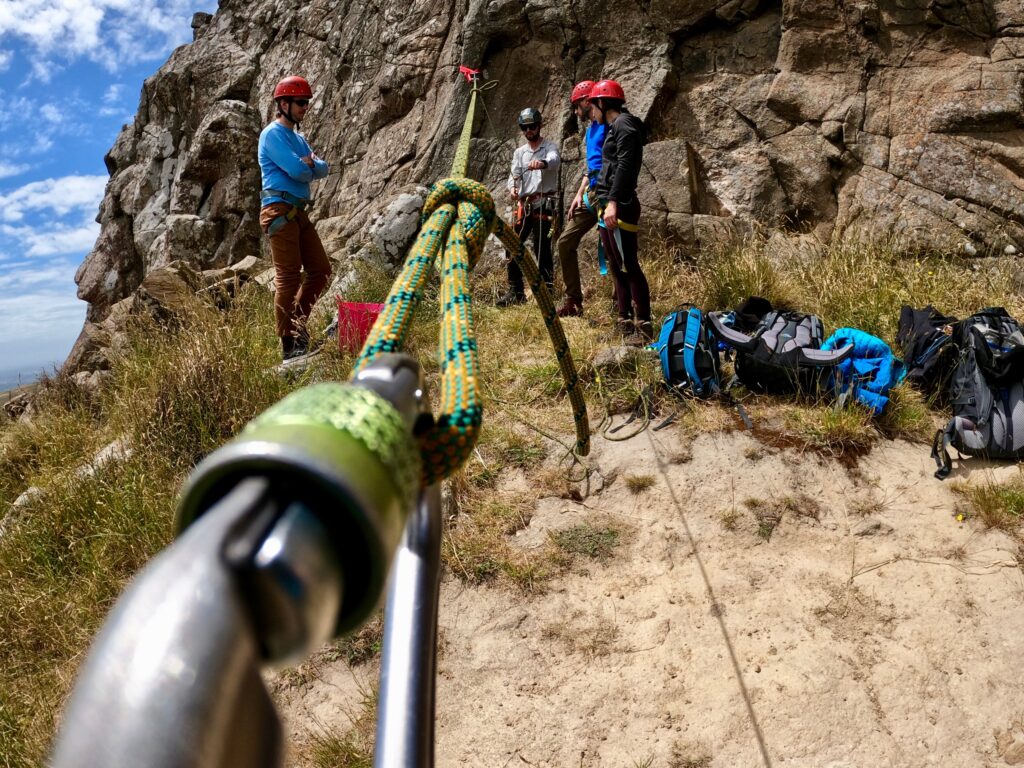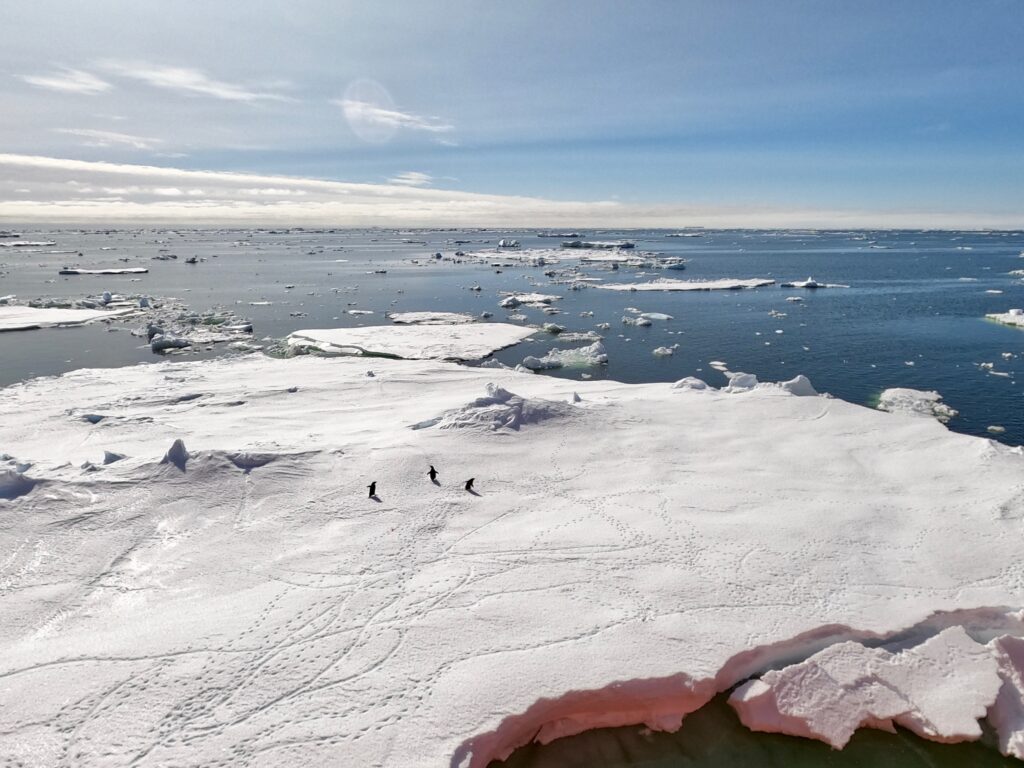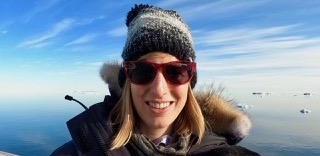UTIG polar researchers Dillon Buhl, Anja Rutishauser and Natalie Wolfenbarger have joined colleagues in West Antarctica to conduct vital surveys of one of the most unstable glaciers on Earth. The team are part of LIONESS, an international collaboration between The University of Texas at Austin, Montana State University and the Korea Polar Research Institute (KOPRI), which aims to resolve unanswered questions about the sprawling Thwaites Glacier system.
The team set off from New Zealand on December 29 aboard the R/V Araon, a Korean ice breaker bound for West Antarctica. After a week at sea, the LIONESS scientists arrived at West Antarctica where the boat began cutting its way through the loose pack ice leading to Thwaites Glacier. Once they arrive, the team will spend several weeks conducting aerial surveys from a helicopter using ice penetrating radar, laser altimetry and sensors that measure the bed rock geology.
Below is an account of the first weeks of the expedition by UTIG postdoc Anja Rutishauser.
We arrived in New Zealand on December 23 where we began crevasse-rescue training. Beach sand, it turns out, is actually a pretty good replacement for snow.
The last two days before setting out to sea were spent installing the geophysical equipment on the helicopter (instruments include an ice penetrating radar system, laser altimetry and sensors that measure bedrock geology).

The Araon (our research vessel) left Lyttelton, New Zealand, on the morning of December 29. You can track our route, including the boat’s current location, with this live-link: http://mon.kopri.re.kr/araon/
Birds and spectacular sunsets have followed our progress south. We’re all very excited to see Antarctic sea-ice up close. Things remained peaceful until…
We hit our first chunk of sea-ice! It’s surprisingly loud. You can feel the whole boat shake when the Araon ploughs through a big chunk of ice. So impressive!
Just a few days ago we saw penguins for the first time. They were as curious about us as we were about them! It’s difficult to make out in this picture but they are incredibly cute! =)
This iceberg floating in the calm water seems to dwarf Mount Siple in the background (a potentially active volcano, rising 3,100m (10,170 feet) above the ice).
I never could have imagined how calm this giant ocean could be! The water reflects the clouds like a mirror.
This far south, the sun never really sets. Instead it dips close to the horizon and gives us beautiful, almost-sunsets, like this one over the Getz Ice Shelf.
LIONESS at Thwaites Glacier
UTIG investigates sea level threat of giant glacier
> Read more
Who are the UTIG researchers investigating Antarctica’s Thwaites Glacier?
> Read more
LIONESS Field Blog: Anja Rutishauser
> Read more












